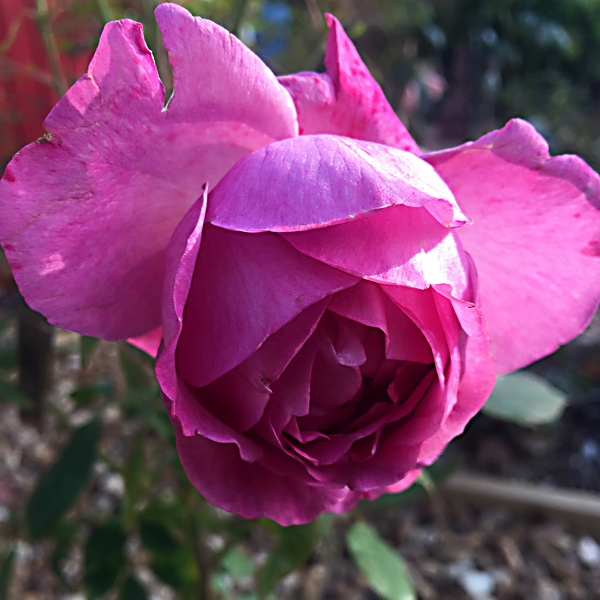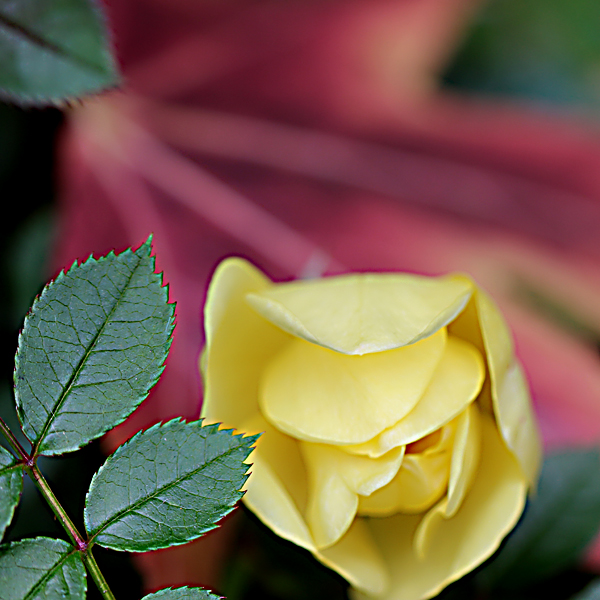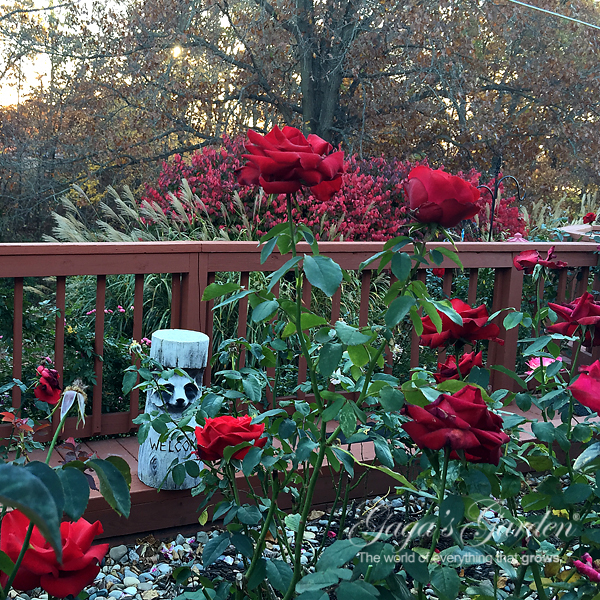

Gratitude For Late Bloomers
Fall is a time for reflection. Time seems to slow down. Even the clock falls back. This autumn in Illinois the leaves took on reflective hues that seemed to dance and play in a slow waltz as the inevitable drift toward winter. The whole process of fall color is fairly well understood, yet so complex the reason for it is less clear.

Suddenly this year as the days got cooler,
vibrant colors of gold, yellow, purple, red and brown began to emerge. The shimmering light of sunrise and sunset lit the forests as if they were bathed in liquid gold.
Most everyone thinks cool weather or frost cause the leaves to change color. Temperature can affect the autumn color and its intensity, but temperature is only one of many factors that play a part in painting the woods in glorious color.
This year we had a growing season with ample moisture that was followed by a dry, cool, sunny autumn that has been marked by warm days and cool but frost-less nights that provided perfect weather conditions for the brightest fall colors. Lack of wind and rain prolonged the brilliant displays until the recent strong storms across Illinois. This article includes a pictorial of the beauty of the autumn this fall.

With winter just around the corner here’s a simple and concise Tips For Winterizing Your Roses:
“TOP 11 TIPS”
FOR WINTERIZING YOUR ROSE GARDENÂ Â
The blooming season comes to a close in autumn. During this dormant stage, take care of important gardening tasks, to ensure your next spring is as breathtaking as you always dreamed!
- First you want to prevent breakage of your rose canes from winter winds by reducing the height of your plants. Broken canes can be a source of entry for diseases. Waist height is a good rule of thumb. Leave your climbers tall but secure them because most climbers bloom ‘on established canes’. Prune climbers after the first bloom in the spring. You can shape your tree roses if they have small non-productive canes.
- Mulch, leaves and organic soil can be mounded around the base of rose plants to protect from winter freezes. Its important to protect the graft on budded roses.
- Shut down the timed irrigation systems for winter but remember in many zones your roses may still need to be watered during the winter.
- Move container plants that you can inside.
- Container grown plants should be moved closer to the house to protect against winter winds. See “Oui Built a Greenhouse for $142.oo†on www.gagasgarden.com
- The fall and winter months are the best time to go through the online catalogs I have listed on www.gagasgarden.com then order bareroot roses to arrive January through mid-April. Replace plants that are reduced to less than 3 healthy canes (pencil diameter), or with new and better varieties. Review the pictures on gagasgarden.com of the roses that you like and you can order them from online catalogs already.
- Dilute Lime-Sulfur with water and spray over entire bed including the ground. This is very important to rid your garden of black spot spores that would harbor over the winter.
- The local Agricultural Extension Agency is where you obtain soil testing & evaluation. Then if needed apply lime to obtain a pH of around 6 to 6.5.
- Transplanting roses can be done successfully during this dormant stage. Carefully prepare the new spot 16″ deep, enriched with cow manure and soil conditioner. Placing spade 10″ from base of plant dig straight down into the bed in a circle around the plant, trying not to cut roots. Lift the plant with the shovel and carry it directly to the new spot. Fill in soil and cover the plant with a mound of mulch. Water 3-5 gal.
- Autumn is the perfect time to prepare the soil for winter or spring planting. Turn over the soil 16″ deep and apply proper soil amendments to produce a light loamy mixture.
- Do a careful inventory of your equipment then clean, sharpen and oil shears and pruners to prepare for spring pruning.

This is just what I need. My gardener quit two months ago and in the past he has always taken care of the rose garden I inherited. I have a lot to learn about roses. I tend to choose plants like herbs that need little care except for pruning.
Hi Barbara,
Thank-you so much for your comment. You know I had to learn all about roses when I inherited my Mother’s rose garden in the 70’s and the rest is history. If I may ask where you live it might help you to join your local rose society. My local at the time was so much assistance. They provided me with ready answers to any question. Some members lived very close and would stop by often and tell me just what to do. One of the most senior members called himself an Octogenarian Rosarian and he taught me everything he knew then encouraged me to show roses as well. I’ll email you the link to read all about him if that’s OK with you.
Thank-you again for your comment. Its comments like yours that keep me motivated. Don’t forget to save your own leaves to use as protection as well.
Sincerely,
Susan Fox